Important Point
What Is Vapour Compression Refrigeration System?
This process is designated as a Vapour compression refrigeration system because the vapor in this system is compressed to produce vapor. The Vapour compression refrigeration systems ate the most commonly used refrigeration system among all refrigeration systems.
In this system, the phase of the working fluid changes twice from liquid to Vapour and again from Vapour to liquid. Refrigerant is achieved in this type of system because refrigerant evaporates at low temperatures providing cooling effects.
The actual Vapour compression cycles are based on the Evans – Perkins cycle, also known as the reverse Rankin cycle.
During evaporations, it absorbs heat from the cold body and is used as its latent heat to convert this heat from the liquid to vapor, while in condensing or cooling, it rejects heat to external bodies Gives, thus creating a cooling effect in the working fluid.
Components Used in Vapour Compression Refrigeration System:
All components of the Vapour compression refrigeration system are connected via a pipe. The detailed explanation of the above parts is as follows.
1. Compressor
At low pressures and low temperatures, the Vapour enters the compressor from the evaporator, where it is compressed at high pressures and high temperatures.
This high pressure and temperature vapor refrigerant are discharged through the discharge valve into the condenser.
2. Condenser
The condenser or cooler consists of pipe coils in which the high pressure and temperature Vapour refrigerant are cooled and condensed.
When passing through the condenser, the refrigerant releases its latent heat to the surrounding condensing medium, usually air or water.
3. Receiver
The condensed liquid refrigerant from the condensers is deposited in a vessel known as the receiver, from where it is supplied to the evaporators via an expansion valve.
4. Expansion valve
It is also called a throttle valve. Its functions are to allow the liquid refrigerant to pass through high pressures and temperatures, where it reduces its temperature and pressure.
5. Evaporator
It also includes pipe coils in which liquid-Vapour refrigerators are evaporated at low pressures and temperatures and converted to Vapour refrigerators at low pressures and temperatures.
Working of Vapour Compression Refrigeration System:
There are four steps involved in working of the Vapour compression refrigeration system:
1. Compression (Reversible adiabatic compression)
In this compressor, high pressure and high-temperature superheated Vapour will be created by the compressor, & this superheated Vapour will be transferred to the condensers.
2. Condensation (Constant pressure heat rejections)
In these condensers, the superheated Vapour will give its latent heat to the cooling fluid in the condensers. These cooling fluids can be air or water.
After entering the condensers, the superheated Vapour will be converted into a liquid as heats are extracted from the Vapour. These are called saturated liquids. After that, this liquid goes to expansion valves.
3. Throttling And Expansion (Reversible adiabatic expansions)
In the expansion valve, the pressure & temperature of the saturated liquid will decrease. After that, this low temperature & pressure liquid will be transferred to the evaporator.
4. Evaporation (Constant pressure heat additions)
In the evaporator, the low pressure & temperature liquid will be converted into Vapour. This liquid will takes all the heat from the evaporator & will get converted to Vapour using the heat taken from the evaporator. Hence, this liquid will decrease the temperatures inside the evaporators.
The fan present near the evaporators will supply warm air, & on another side, we will get cold air. After that, this Vapour will go to the compressor again, & this cyclic process will be repeated again and again.
Also, Read: Domestic Electrolux Refrigerator | Different Components of Domestic Electrolux Refrigerator
Performance of Vapour Compression Refrigeration System:
Applying Steady Flow Energy Equations (SFEE) at Evaporator, we get
h4 + Qe = h1 + 0
Qe = h1 – h4
Applying Steady Flow Energy Equations (SFEE) at Compressor, we get
h1 + 0 = h2 – W
W = h2 – h1
Applying Steady Flow Energy Equations (SFEE) at Condenser, we get
h2 – Qc = h3
Qc = h3 – h2
Applying Steady Flow Energy Equations (SFEE) at Expansion Valves, we get
h3 + Q = h4 + W
But we have Q=0 & W=0
So, h3 = h4
Co-efficients Of Performances
COP = Desired Effects / Work Input
= h1 – h4 / h2 – h1
Also, Read: Parts of Benson Boiler | Working Principle of Benson Boiler | Construction of Benson Boiler
Problems in the Vapour Compression Refrigeration System:
Some problems in a Vapour compression refrigeration system that may affect the efficiency of the system are:
1. Compressor leakage/failure
Compressor leakage or failures are a major in vapor compression refrigeration systems. Compressor failure can cost the company too much if the compressor fails within the warranty period. It also affects the reputation of a company.
Some problems that can cause compressor failure are lubrication problems, slugging, overheating, and contamination.
2. Fouling
Fouling is defined as the accumulations of unwanted deposited pipes of water and refrigerant transfer surface. The foulant layer imposes additional resistances to the flow of water or refrigerant.
Steps to Reduce Fouling:-
- Cleaning the evaporator’s surface frequently.
- Keeping the condenser tubes clean.
- Effective water treatments of the water used in the system should be done.
3. Liquid Line Restriction
The restriction in the thermostatic expansion valves is called fluid line restriction. This problem can reduce the cooling capacity by up to 50%.
Causes of a liquid line Restriction:-
- Wax buildup in the valve due to incorrect oil use in the system.
- Too much oil in the system.
- Sludge formation due to compressor burning.
Symptoms of liquid line restriction: (How to know if the problem is due to liquid line restriction):-
- Very high discharge temperature.
- Low condensing pressure.
- Bubbles in the sight glass.
- Low current draw.
Test to know if the problem is a liquid line Restriction:-
- Temperature drop test.
- To do a freeze test.
- The problem can be easily pointed out using thermal imaging.
4. Cooling problem
This is one of the most common problems in Vapour compression refrigeration systems. Due to this problem, the performance of the system decreases significantly.
Possible reasons for the cooling problem:-
- Dirty airways.
- Blocked air filter due to irregular cleaning.
Steps to prevent cooling problems:-
- Regular cleaning of air filters & air passages.
- A routine check of chiller logs, especially a comparison between amperage and voltage.
Also, Read: Parts of Cornish Boiler | Working Principle of Cornish Boiler | Construction of Cornish Boiler
Types of Vapor Compression Cycles:
The types of Vapour Compression Cycles which are essential from the subject point of view are as follows.
- Cycle with superheated Vapour after compression.
- Cycle with superheated Vapour before compression.
- Cycle with wet Vapour after compression.
- Cycle with dry saturated Vapour after compression.
- Cycle with under cooling or subcooling of the refrigerant.
Also, Read: Parts and Functions of Grinding Machine | Grinding Machine | Grinding Machine Types
Advantages of Vapour Compression Refrigeration System:
The Advantages of the Vapour Compression Refrigeration system are as follows.
- The temperature at the evaporator sections can be controlled employing regulation of the expansion valve.
- It exhibits a high Coefficient of Performance.
- The running costs are low because the volume circulations of the refrigerant are low in the system.
Also, Read: What Is Normalizing Process? | Normalizing Process Procedure | Purpose of Normalizing Process
Disadvantages of Vapour Compression Refrigeration System:
The disadvantages of the Vapour Compression Refrigeration system are as follows.
- Make sure that there should be no leakage of refrigerant from the pipes/hose.
- Refrigerants can affect the atmosphere.
- The cost of the system is high.
Also, Read: Difference Between Girder and Beam | What Is a Beam? | What Is a Beam?
Applications of Vapour Compression Refrigeration System:
The applications of the Vapour Compression Refrigeration system are as follows.
- It is used in domestic refrigeration for keeping the food.
- It is helpful in food processing and cold storage.
- It is useful in Industrial refrigeration for chemical processing, heating, and cooling.
- It is useful in Cryogenic refrigeration, Medical refrigeration, Transport refrigeration, and Electronic cooling.
Frequently Asked Questions (FAQ)
Compression Refrigeration System
The compression refrigeration cycle consists of the circulation of a liquid refrigerant through four stages of a closed system. As the refrigerant moves through systems, it is alternately compressed and expanded, changing its state from liquid to vapor.
Vapor Compression Refrigeration
The vapor compression refrigeration cycle includes four components: compressor, condenser, expansion valve/throttle valve and evaporator. It is a compression process that aims to increase the pressure of the refrigerant as it flows through an evaporator.
Refrigeration System Components
The 4 Main Refrigeration Cycle Components
- The compressor.
- The condenser.
- The expansion device.
- The evaporator.
Vapor Compression Refrigeration System
Vapour-compression refrigeration or vapor-compression refrigeration system (VCRS), in which the refrigerant undergoes phase changes, is one of the many refrigeration cycles and is the most widely used method for air-conditioning of buildings and automobiles.
Vapor Compression
Air conditioners also employ a vapor-compression cycle to cool the ambient air temperature in a room. Basically, vapor-compression refrigeration drives a heat engine backwards, so the heat energy is taken from a cold reservoir & stored in a hot reservoir.
Diagram of Refrigeration Cycle
The basic components of any refrigeration system operating on a vapor compression cycle are the compressor, condenser, expansion valve and evaporator, and refrigerant fluids that alternately vaporize and liquefy during the refrigeration cycle. In both cases, the operating principles are close. Heat is removed from the cold place to the hot spot. Given upper is a refrigeration cycle diagram.
Working Principle of Vapour Compression Refrigeration System
As the refrigerant circulates through the system, it is alternately compressed and expanded, changing its state from a liquid to a vapor. As the refrigerant changes state, heat is absorbed and expelled by the system, lowering the temperature of the conditioned space.
Components and Functions of a Vapour Compression Refrigeration System
The Vapor Compression Refrigeration Cycle involves four components: compressor, condenser, expansion valve/throttle valve and evaporator. It is a compression process, whose aim is to raise the refrigerant pressure, as it flows from an evaporator.
Energy-Efficient Vapour Compression Refrigeration System Designs
Energy-efficient vapor compression refrigeration system designs involve several key factors and components. Here are some design considerations to improve energy efficiency:
- High-efficiency compressors: Selecting a compressor with a high coefficient of performance (COP) is crucial. Modern compressors, such as scroll or variable-speed compressors, offer improved efficiency compared to traditional reciprocating compressors.
- Proper system sizing: Correctly sizing the components of the refrigeration system, including the compressor, condenser, evaporator, and expansion valve, ensures optimal performance. Oversized components can lead to energy wastage, while undersized components can strain the system and reduce efficiency.
- Advanced heat exchangers: Utilize high-efficiency heat exchangers, such as microchannel or plate heat exchangers, for both the condenser and evaporator. These designs offer enhanced heat transfer characteristics, reducing energy consumption.
- Variable-speed technology: Incorporate variable-speed drives for the compressor and fans to match the system’s cooling capacity to the load requirements. This allows the system to operate at different speeds based on demand, improving overall efficiency.
- Improved insulation: Ensure the refrigeration system is well-insulated to minimize heat transfer between the surroundings and the system. Adequate insulation reduces the cooling load and minimizes energy consumption.
Vapour Compression Refrigeration System Troubleshooting Guide
Troubleshooting a vapor compression refrigeration system requires a systematic approach to identify and resolve common issues. Here’s a step-by-step guide to help you troubleshoot:
- Safety first: Before starting any troubleshooting, ensure you follow proper safety procedures. Disconnect power sources and use appropriate personal protective equipment (PPE) when working on the system.
- Understand the problem: Gather as much information as possible about the issue. Note any specific symptoms, unusual noises, or error codes displayed by the system. This information will help narrow down potential causes.
- Check power supply: Verify that the system is receiving an adequate power supply. Check the circuit breaker, fuses, and wiring connections to ensure there are no faults or tripped breakers. Measure voltage levels to ensure they meet the manufacturer’s specifications.
- Inspect refrigerant levels: Low refrigerant levels can result in poor cooling performance. Use a refrigerant pressure gauge to check the suction and discharge pressures. Compare the readings with the manufacturer’s guidelines to determine if the system is properly charged. If refrigerant levels are low, it indicates a possible leak that needs to be repaired.
- Examine refrigerant lines and components: Visually inspect the refrigerant lines, coils, and components for any signs of damage, leaks, or frost buildup. Inspect the condenser and evaporator coils for dirt, debris, or blockages that may restrict airflow. Clean or replace any clogged filters or coils.
Top-Rated Manufacturers of Vapour Compression Refrigeration Systems
There are several reputable manufacturers of vapor compression refrigeration systems known for their quality and reliability. Here are some top-rated manufacturers in the industry:
- Carrier Corporation: Carrier is a leading global provider of heating, ventilation, air conditioning, and refrigeration (HVACR) solutions. They offer a wide range of vapor compression refrigeration systems for various applications, including commercial, industrial, and residential sectors. Carrier is known for their energy-efficient and innovative refrigeration technologies.
- Danfoss: Danfoss is a multinational company that specializes in energy-efficient solutions, including refrigeration and air conditioning systems. They offer a comprehensive range of vapor compression refrigeration systems, components, and controls. Danfoss is recognized for their reliability, advanced technology, and commitment to sustainability.
- Emerson Climate Technologies: Emerson Climate Technologies, a division of Emerson Electric Co., is a leading provider of refrigeration and HVAC solutions. They offer a diverse portfolio of vapor compression refrigeration systems, including compressors, condensing units, and controls. Emerson is known for their high-quality products and expertise in optimizing energy efficiency.
- Bitzer: Bitzer is a renowned manufacturer of compressors and refrigeration systems. They provide a wide range of vapor compression systems suitable for various cooling applications, such as commercial refrigeration, industrial refrigeration, and transport refrigeration. Bitzer is known for their durable and energy-efficient products.
- Johnson Controls: Johnson Controls is a multinational corporation offering diverse building and energy solutions. Their refrigeration segment provides a range of vapor compression systems for commercial and industrial applications. Johnson Controls is recognized for their advanced technologies, smart controls, and sustainable refrigeration solutions.
Vapour Compression Refrigeration System Working Principle
As the refrigerant circulates through the system, it is alternately compressed and expanded, changing its state from a liquid to a vapor. As the refrigerant changes state, heat is absorbed and expelled by the system, lowering the temperature of the conditioned space.
Explain Vapour Compression Refrigeration System
Essentially, a vapor-compression refrigeration system is a system that uses liquid refrigerant in a closed system which circulates the refrigerant through four stages in which it is alternately compressed and expanded, changing it from liquid to vapor.
Vcrs Full Form in Refrigerator
What is a Vapor-Compression Refrigeration System (VCRS)? Refrigeration has been accomplished in a variety of ways over the course of history, but vapor-compression refrigeration systems (VCRS) have become the preferred option thanks to their efficiency and reliability.
Components of Vapour Compression Refrigeration System
All vapor compression refrigerators are made of four main components: a compressor, a condenser, an expansion orifice, and an evaporator.
Cop of Vapour Compression Refrigeration System
The simple coefficient of performance (COP) for a given vapour compression cycle is calculated by the cooling power delivered through the evaporation process divided by the work added during the compression process, as in Figure 1. In this example, the cycle has a COP of (395-250)/(430-395) = 4.1.
Advantages of Vapour Compression Refrigeration System
The advantages of vapor compression refrigerator are its (1) capability of removing large quantities of heat with a small mass flow of refrigerant, (2) high efficiency, arguably one of the most efficient refrigeration systems at the macroscale, producing high COP, and (3) the capability of achieving subambient
Like this post? Share it with your friends!
Suggested Read –
- Normalizing Process
- Vapor Compression Cycle
- Domestic Electrolux Refrigerator | Different Components of Domestic Electrolux Refrigerator
- Types of Angle Plates | Box Angle Plate of Angle Plate | Swivel Angle Plates of Angle Plate | Cast Iron T-Slotted Angle Plate of Angle Plate
- What Is Wilson-Hartnell Governor? | Wilson Hartnell Governor | Construction of Wilson Hartnell Governor | Working of Wilson Hartnell Governor
- Cochran Boiler | Cochran Boiler Working | Working Principle of Cochran Boiler | Applications of Cochran Boiler | Advantages & Disadvantages of Cochran Boiler
- What Is Cupola Furnace? | Cupola Furnace Design । Cupola Construction | Purpose of Cupola | Working Principle of Cupola Furnace: | Advantages of Cupola Furnace | Disadvantages of Cupola Furnace | Applications of Cupola Furnace
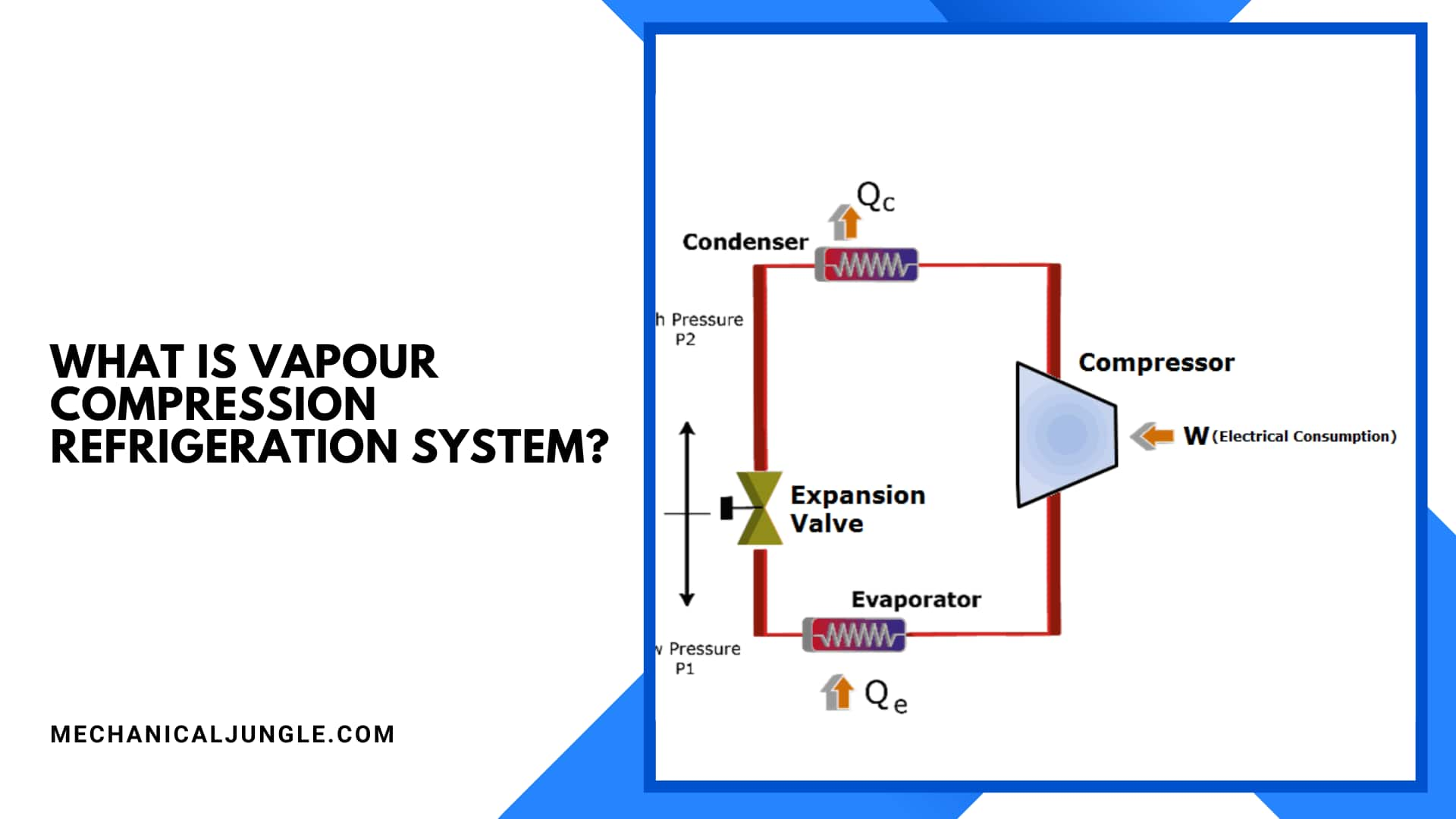
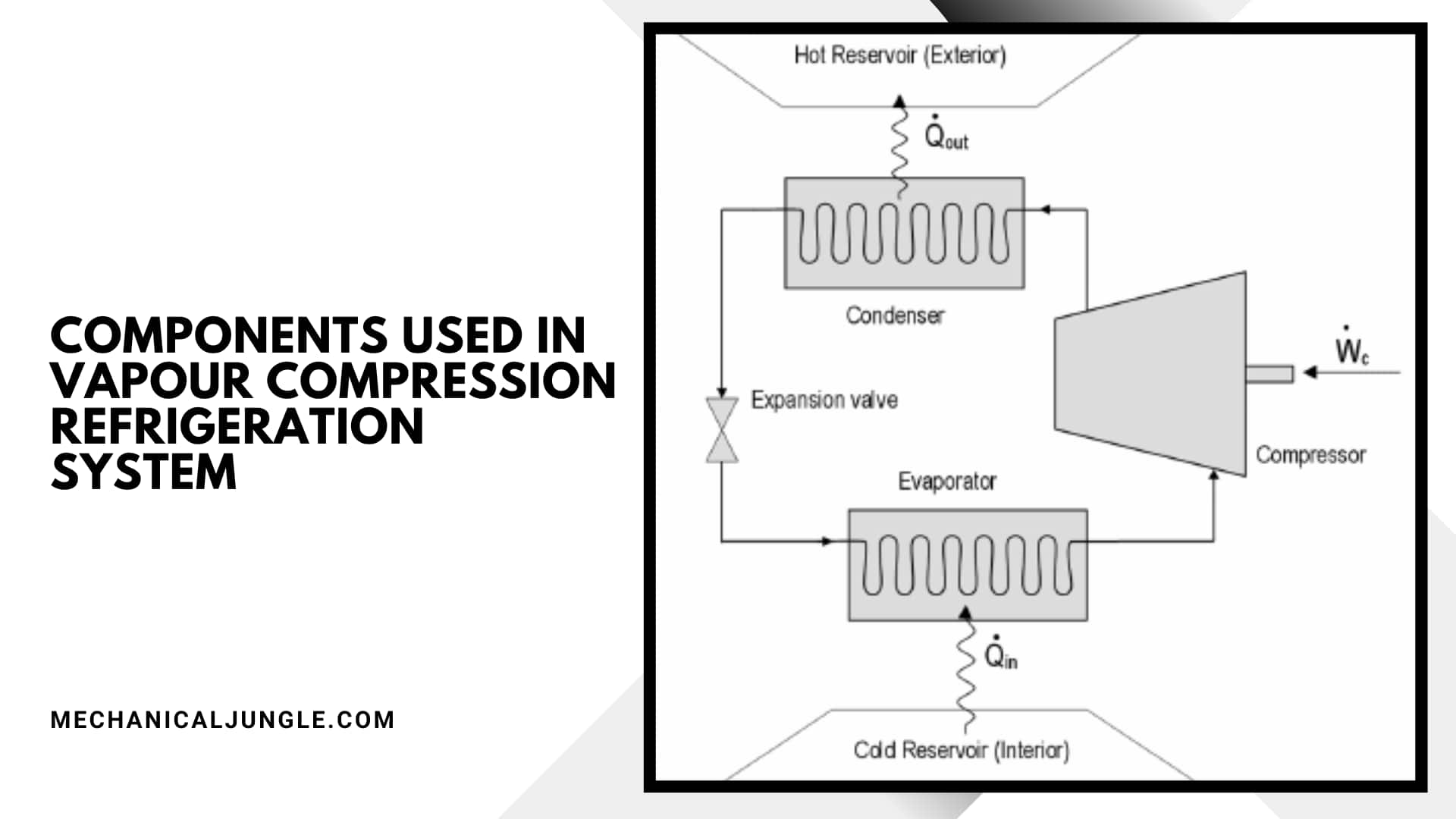
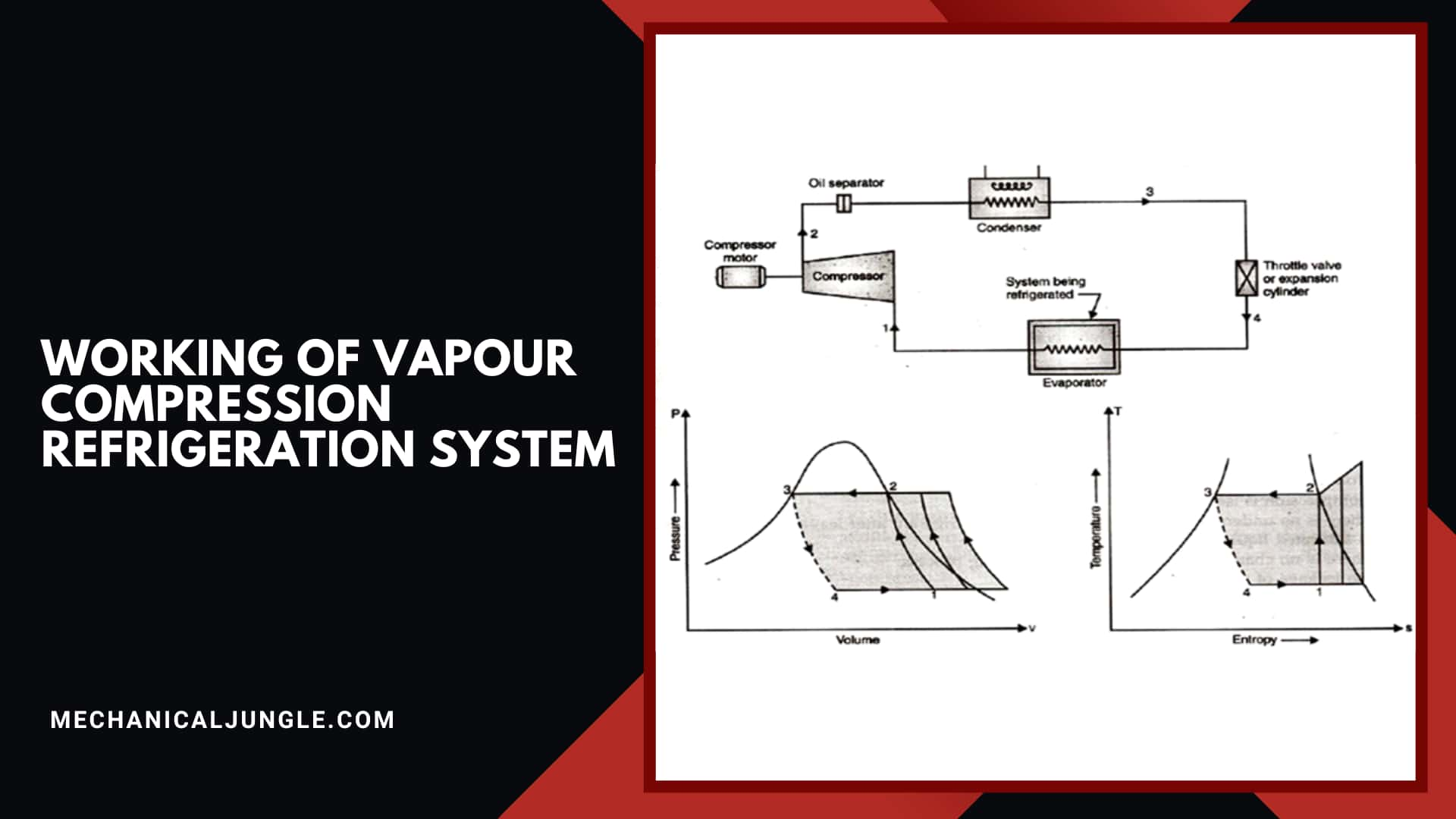
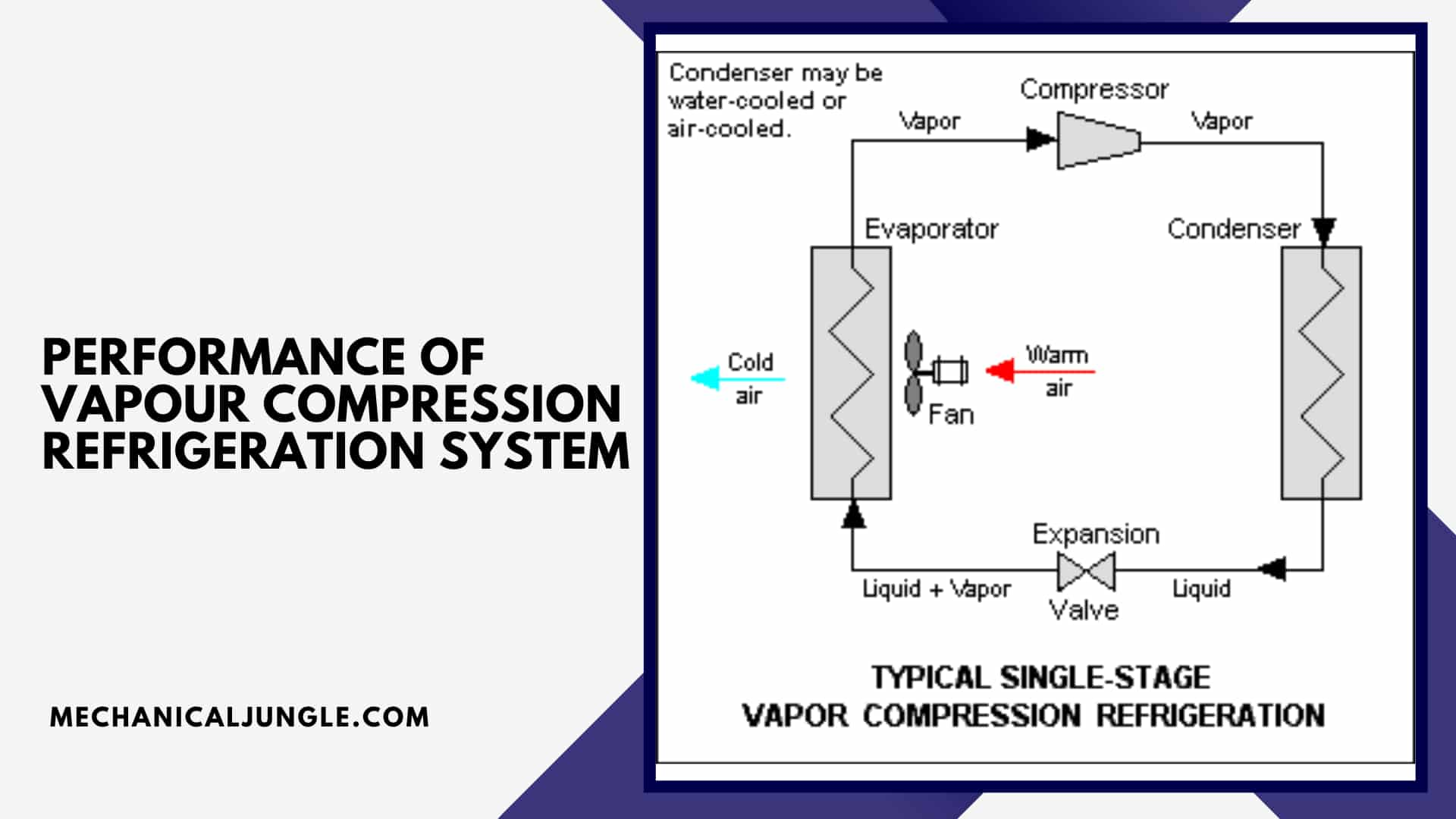
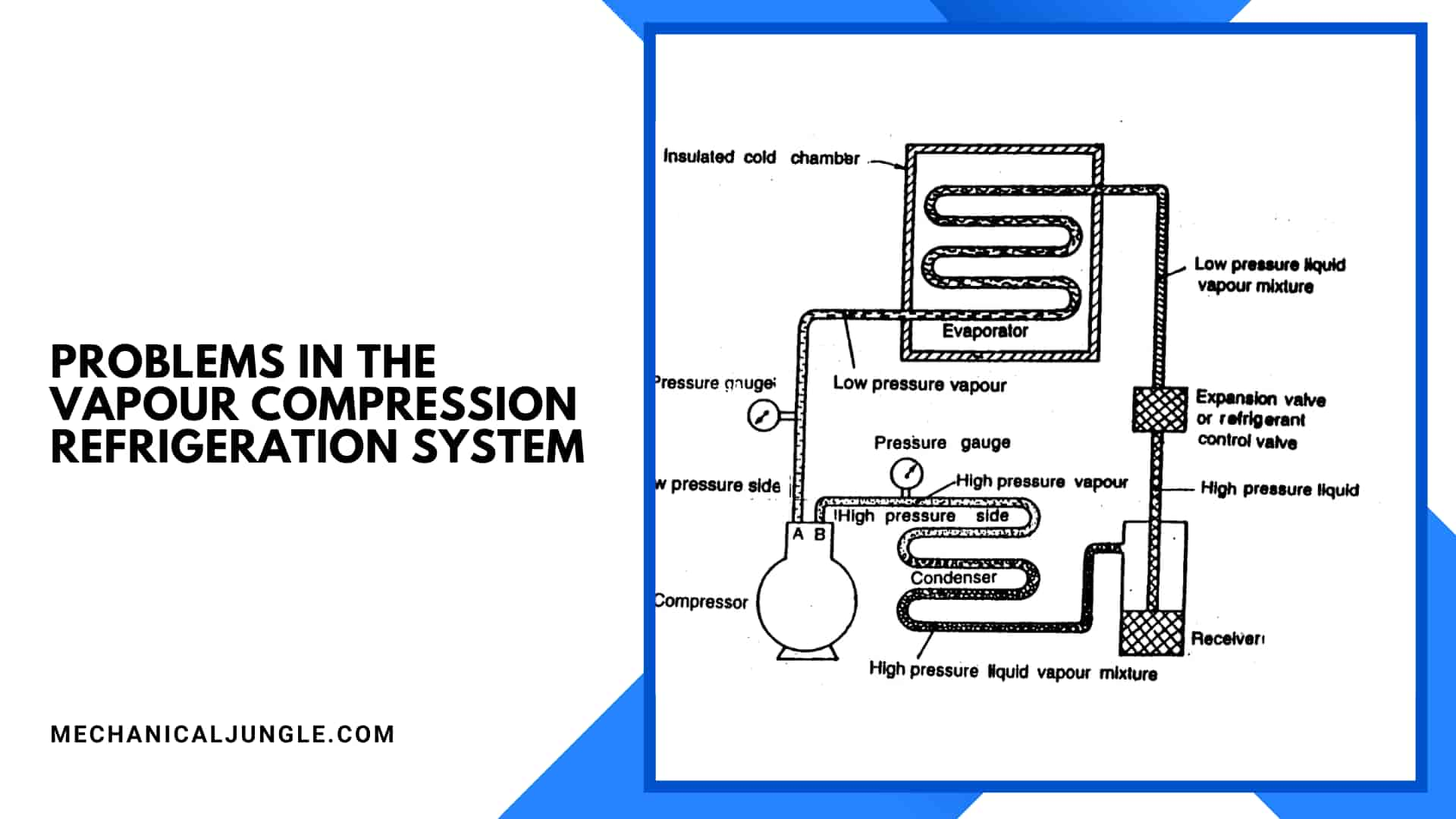


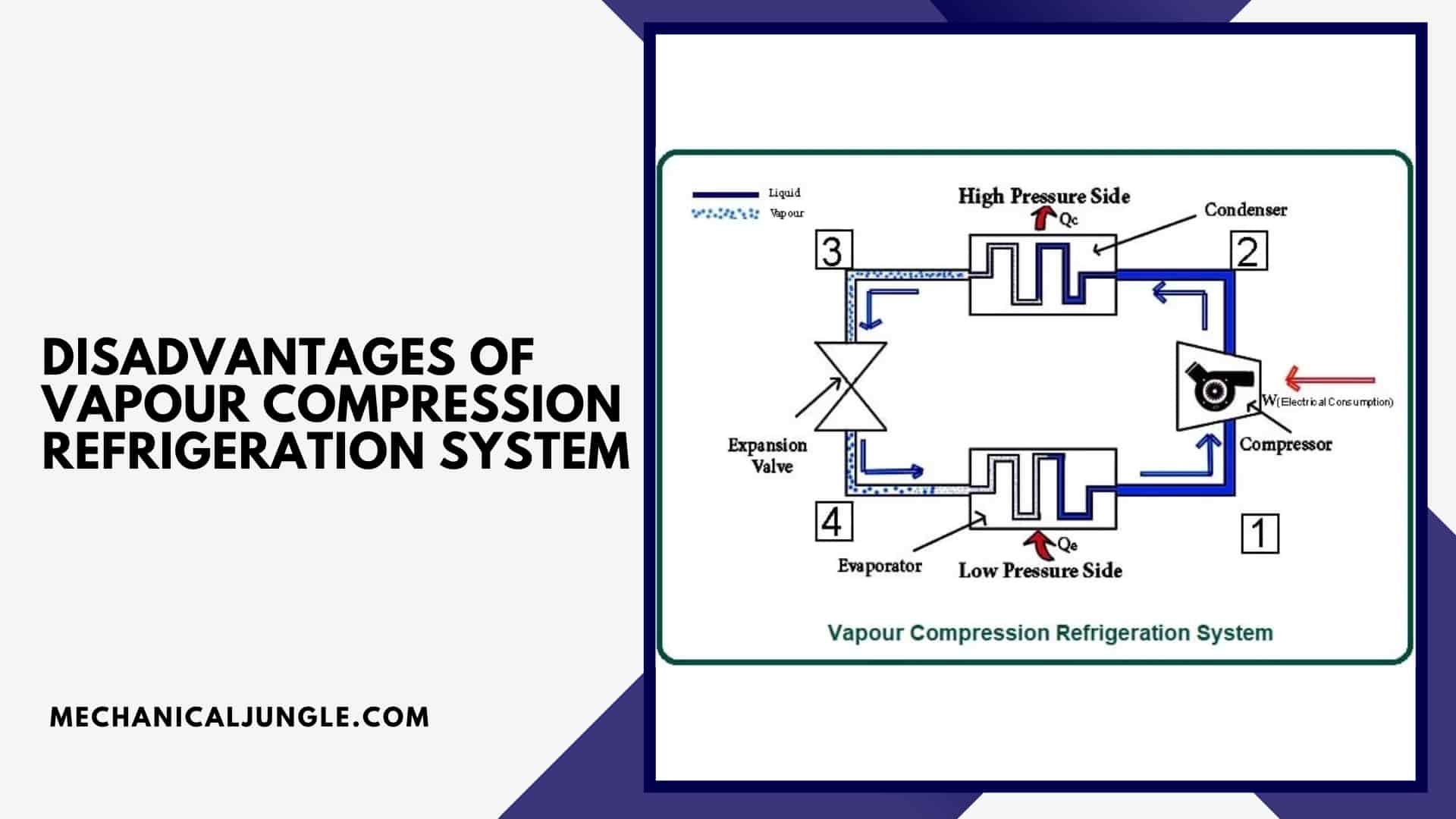
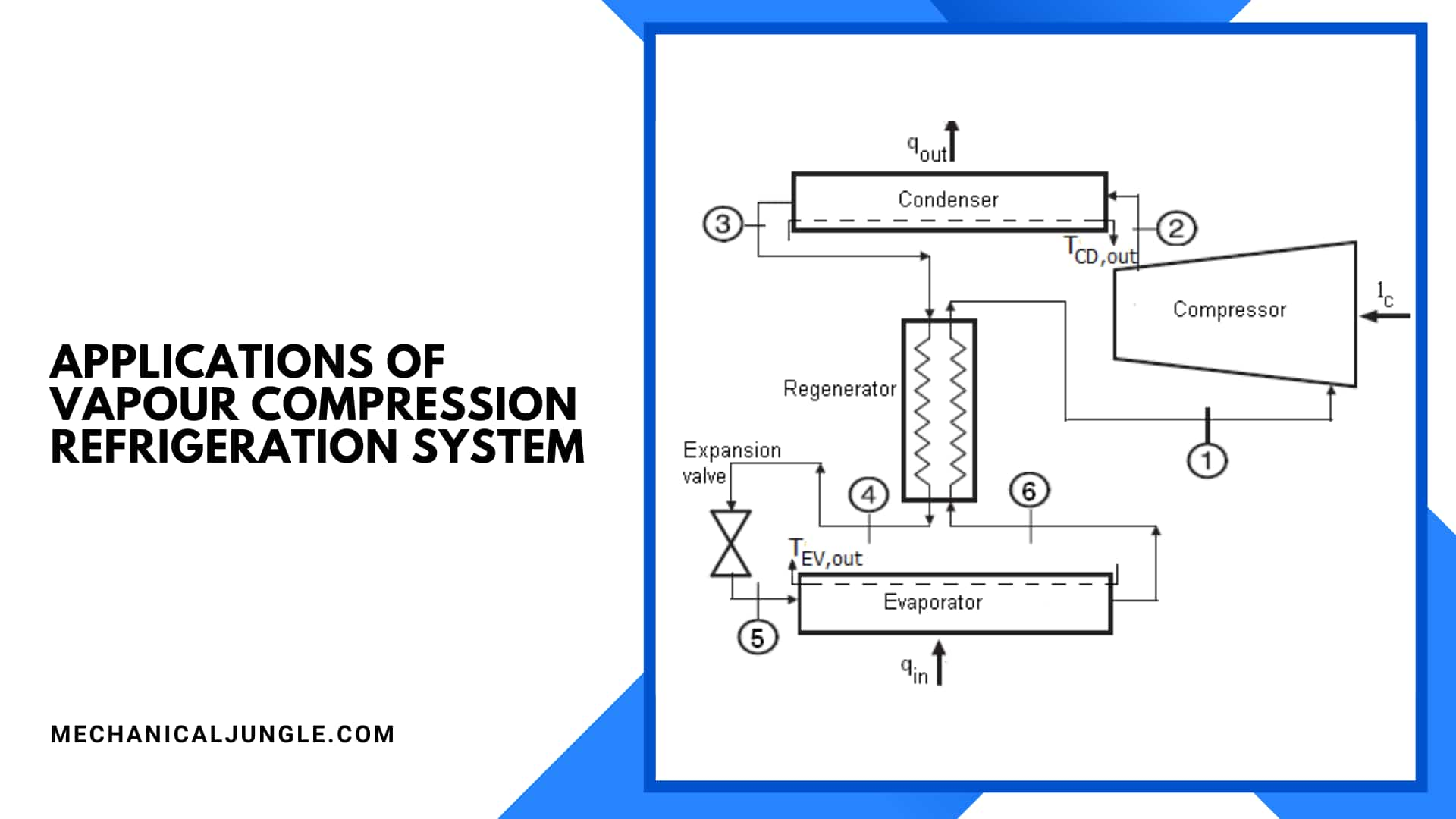

Leave a Reply